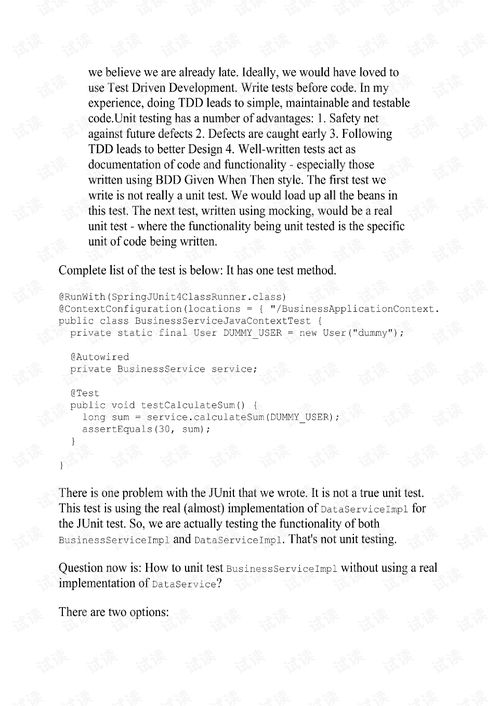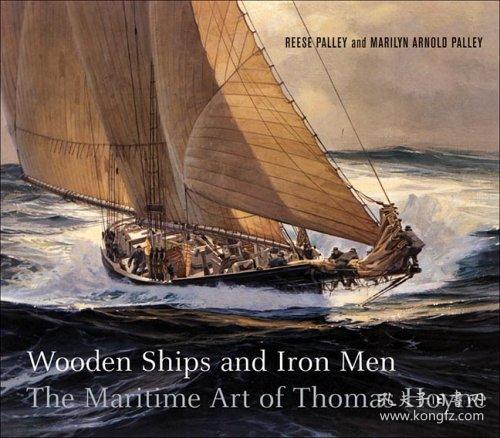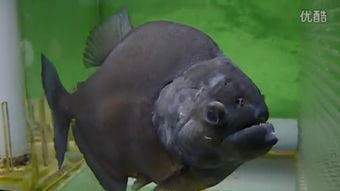Spring is a magical time for anglers, as the weather warms up and fish become more active. One of the key elements to successful spring fishing is mastering the art of tackle adjustment, particularly in the delicate process of tuning your float or bobber. Here's a comprehensive guide to help you perfect your spring fishing techniques and make the most out of your fishing trips.
Understanding the Basics of Tackle Adjustment
Before diving into the specifics of spring fishing tackle adjustment, it's important to understand the basics. Tackle adjustment refers to the process of setting up your fishing line, hook, and float or bobber to achieve the desired presentation and strike detection. This is crucial in spring, when fish are more sensitive to the slightest movements and can be picky about their prey.
Choosing the Right Tackle
The first step in tackle adjustment is selecting the right gear. For spring fishing, consider the following:
- Line: Use a lighter line to minimize spooking fish. Monofilament lines with a breaking strength of 4 to 6 pounds are ideal for most spring species.
- Hook: Match the hook size to the bait and fish you're targeting. For smaller fish, use a #6 or #8 hook, while larger fish may require a #2 or #4.
- Float or Bobber: Choose a float that is buoyant enough to keep your bait at the desired depth but not so buoyant that it causes unnecessary movement.
Setting the Float
Once you have the right tackle, it's time to set the float. Here's how to do it:
- Attach the Float: Thread the line through the float's eye and secure it with a stopper knot or a piece of monofilament.
- Adjust the Weight: Add a weight to the line just above the hook. The weight should be enough to keep your bait at the desired depth but not so heavy that it pulls the float down too quickly.
- Tighten the Line: Make sure the line is tight enough to prevent it from sagging but not so tight that it causes unnecessary movement.
Tuning the Float
Tuning the float is essential for detecting subtle movements and strikes. Follow these steps:
- Adjust the Float Position: Move the float to the desired depth by sliding it up or down the line. The depth should be appropriate for the fish you're targeting and the conditions you're fishing in.
- Fine-Tune the Sensitivity: Adjust the float's position until you can see the tiniest movements in the water. This will help you detect even the most delicate strikes.
- Test the Float: Cast your line out and let it settle. Observe the float's movement. If it's too erratic, adjust the weight or the float's position.
Mastering the Art of the Cast
A well-executed cast is crucial for successful spring fishing. Here's how to improve your casting technique:
- Practice Your Casting: Spend time practicing your casting technique. Focus on casting with a smooth, controlled motion.
- Adjust for Wind: Wind can affect your cast. Adjust your technique to account for wind direction and speed.
- Cast with Precision: Aim for a precise cast to avoid spooking fish and to present your bait in the right spot.
Reading the Water

Understanding the water you're fishing in is key to successful tackle adjustment. Observe the following:
- Water Conditions: Pay attention to water clarity, depth, and current. Adjust your tackle and presentation accordingly.
- Fish Behavior: Observe the behavior of fish in the area. Look for signs of feeding or activity that can help you determine the best tackle and presentation.
Conclusion
Mastering spring fishing tackle adjustment is a skill that can significantly improve your chances of success. By understanding the basics, choosing the right gear, setting the float, tuning the sensitivity, mastering the cast, and reading the water, you'll be well on your way to catching more fish this spring. Remember, practice makes perfect, so spend time honing your skills and enjoy the beauty of spring fishing. Happy fishing!












